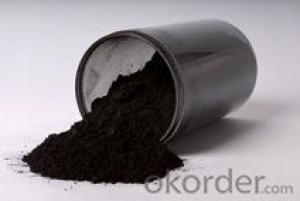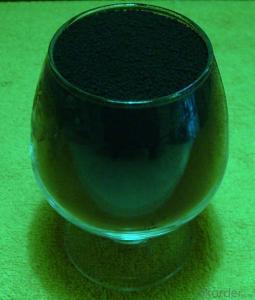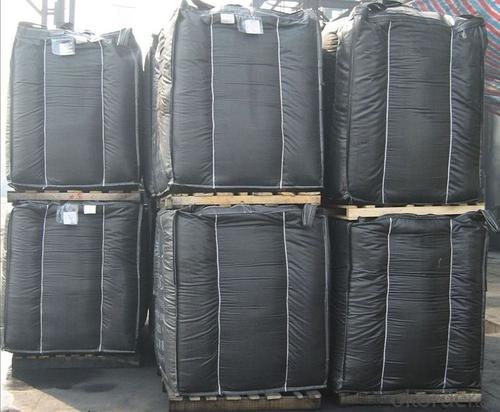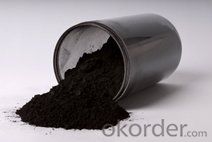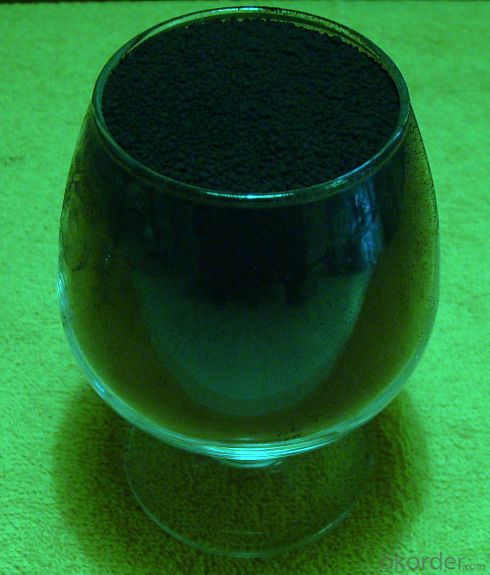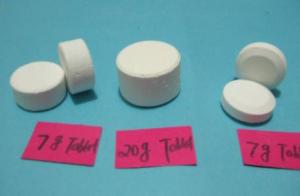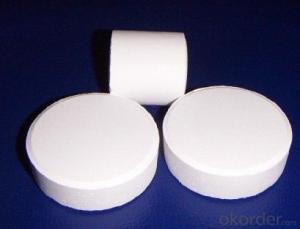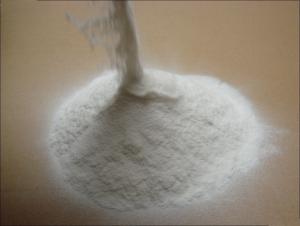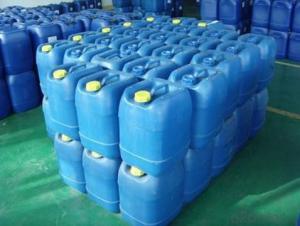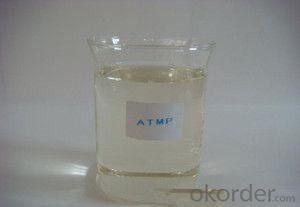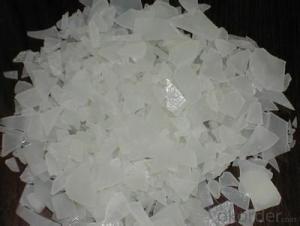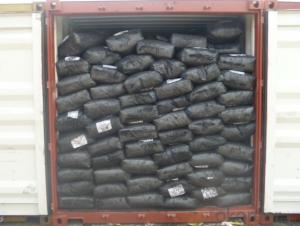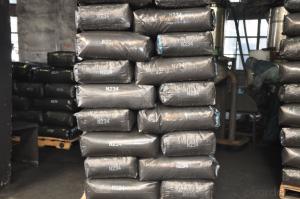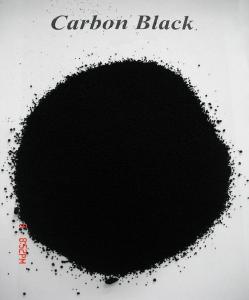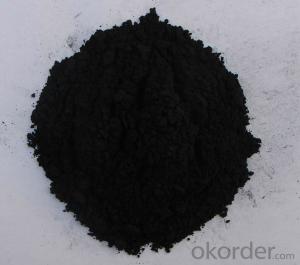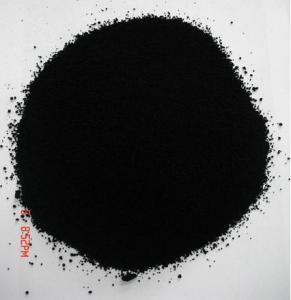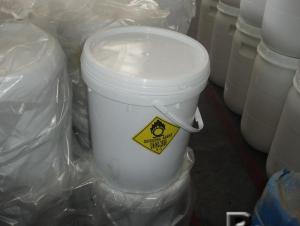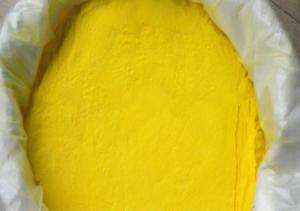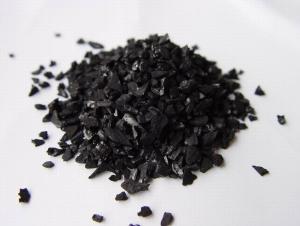Conductive Carbon Black XCF (Granule)
- Loading Port:
- Tianjin
- Payment Terms:
- TT OR LC
- Min Order Qty:
- -
- Supply Capability:
- 10000MT m.t./month
OKorder Service Pledge
OKorder Financial Service
You Might Also Like
Conductive Carbon Black XCF (Granule)
Product Description:
Conductive Carbon Black XCF:
1. Usage : conductive rubber, plastic, radio conductive elements etc.;
2.Product Status: Black granular;
3.Standard: ISO 9001:2000
Suggest for Use:
This product has the low resistance or high resistance performance characteristics, can gift products conductive or anti-static function. Its characteristic is small particle size, specific surface area is large and rough, the structure is high, the surface clean (compounds less), etc.
USES: used for different products, such as conductive rubber, plastic, radio conductive elements etc.
TDS of the Conductive Carbon Black XCF :
Items | Unit | index |
Dubigeon(cm3/g) | cm3/g | 4.0-5.0 |
Resistivity(Ω·m)≤ | Ω·m | 0.8-1.0 |
PH |
| 7-8 |
purity(%)≥ | % | 100 |
Oil Absorption(ml/100g) | ml/100g | 220 |
Iodine Absorption(㎡/g) | (㎡/g) | 650 |
Heating loss%≤ | % | 0.5 |
Ash %≤ | % | 1.0-1.5 |
Semolina %≤ | % | 0 |
Hydrochloric acid to absorb ml/g≥ | ml/g | 4.0 |
Safety:
As a matter of good industrial hygiene, gloves and safety glasses with side shields or better eye protection should be worn when handing Carbon Black , For more information, refer to the MSDS.
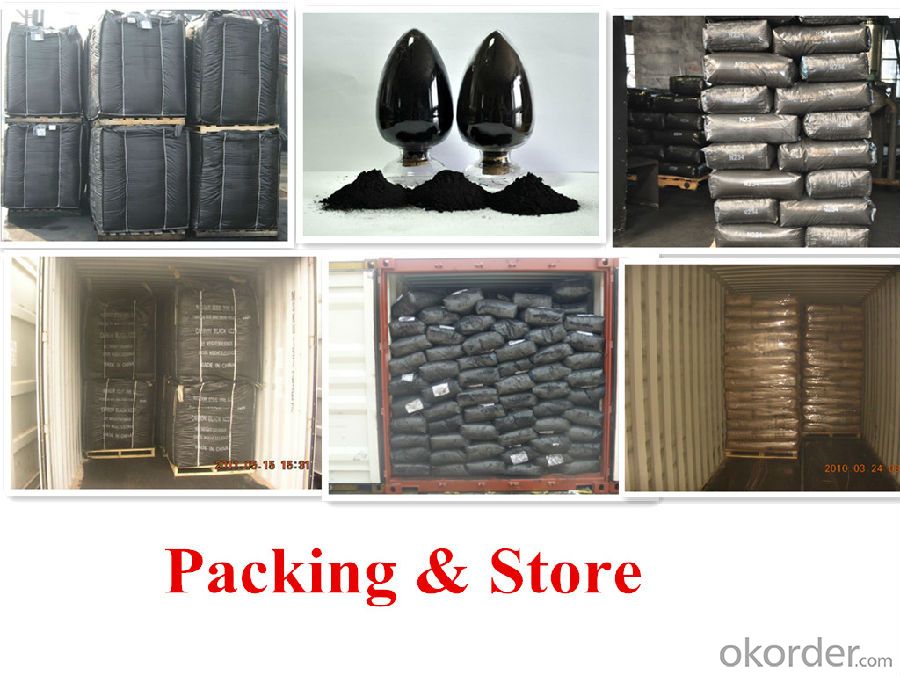
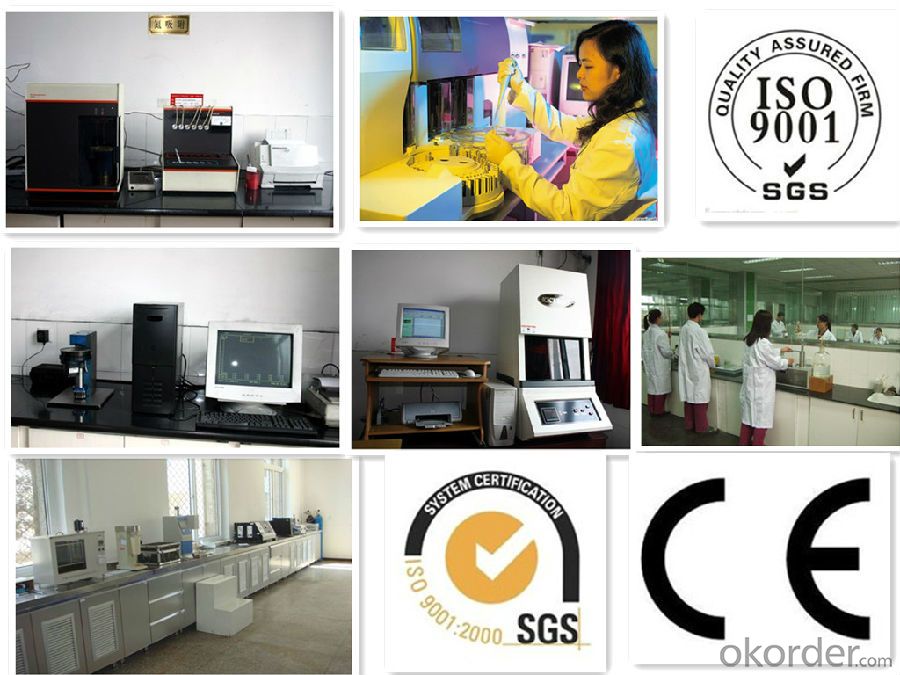
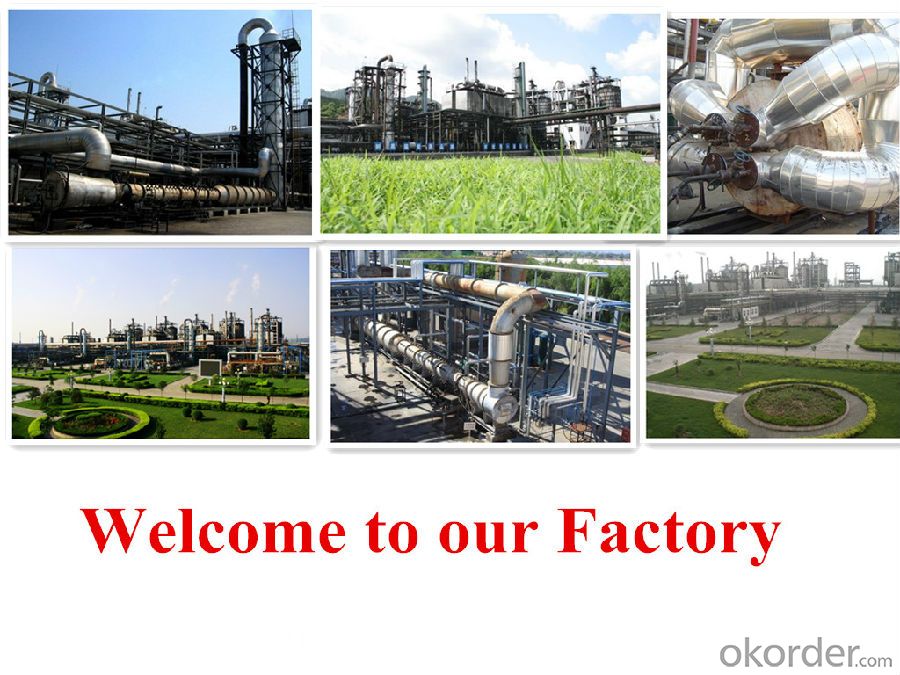
- Q: in acid-catalyzed reaction,there are some books show the acid catalyst as H+ and there are some show it as H3O+ .Are they the same?
- H+ is the ion contained in acids.... When acids are dissolved in water (H+)+(H2O)=H3O+ Both are the same......
- Q: Can manganese dioxide do any catalyst for chemical reactions?
- The catalyst is selective
- Q: Brief introduction of enzyme as biocatalyst and general chemical catalyst and its personality
- can only change the rate of chemical reaction, do not change the equilibrium point of the chemical reaction, the enzyme itself does not change before and after the chemical reaction (3) can reduce the chemical reaction of the activation energy The
- Q: Chemical "catalyst can speed up the chemical reaction rate of other substances," this sentence right?
- Wrong, the catalyst is divided into two kinds, one is to speed up the chemical reaction speed, and the other is the opposite
- Q: Explain how catalysts help to reduce costs in industrial processes !?Thanks
- Catalysts are efficient at converting starting materials to the final products. Since catalysts convert these materials to the product faster, less energy will be used, and often less other materials will be used to complete the process. Both will save the company save time and money. Not to mention the catalyst can be reused, often hundreds of times before it needs to be replaced. Hope that helps!
- Q: Especially how can i explain the experiment with a paper and 2 paperclips with the paper acting as the catalyst.
- Catalysts lower the activation energy of a given chemical reaction, thus speeding it up
- Q: Before and after the chemical reaction, the nature of the catalyst unchanged this statement right? Why?
- Yes, the catalyst only acts as a catalyst and does not participate in chemical reactions
- Q: Is there a catalyst in the chemical shop?
- If it is like vanadium pentoxide, which catalyzes sulfur dioxide, do not sell it because vanadium is highly toxic and most of the catalyst is expensive
- Q: An important property of the catalyst is that the reaction equilibrium is not changed while increasing the forward reaction rate and the reverse reaction rate. However, because the enzyme for the specificity of the substrate, is not almost every reaction by the enzyme are one way to do it.
- Only answer lz, the last question and. The reason is that both the restriction endonuclease and the ligase are required for certain reaction conditions and the reaction substrate. And the reaction conditions are different, so that the final results are different, of course, the enzyme is relatively speaking is not so high, perhaps the destruction is always stronger than the building it. The ligase is the need for a specific substrate, three distilled water, temperature, time (long time do not forget the formula) to control, it may have a certain proportion of connection. So this is two questions.
Send your message to us
Conductive Carbon Black XCF (Granule)
- Loading Port:
- Tianjin
- Payment Terms:
- TT OR LC
- Min Order Qty:
- -
- Supply Capability:
- 10000MT m.t./month
OKorder Service Pledge
OKorder Financial Service
Similar products
Hot products
Hot Searches
Related keywords

